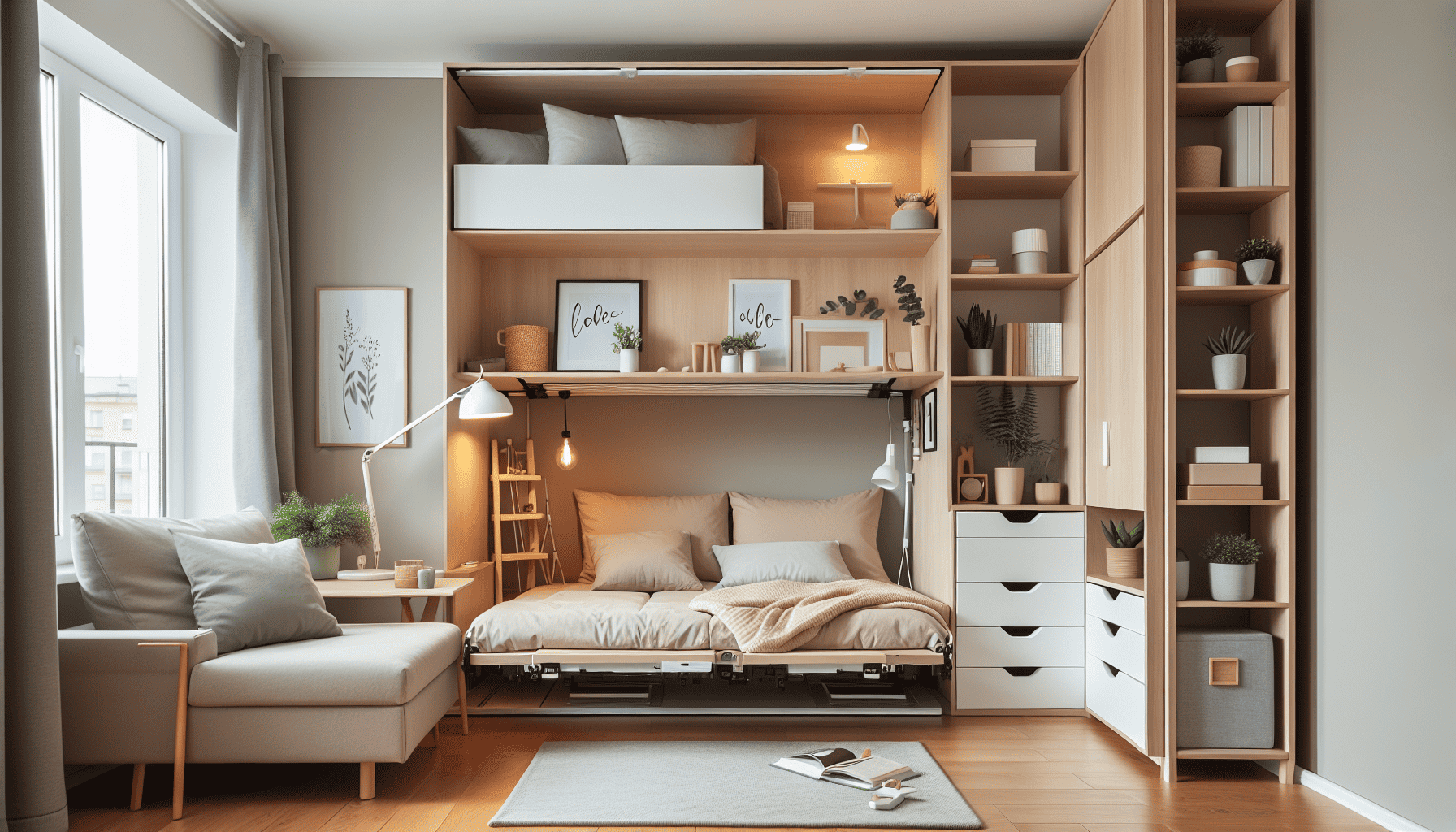In today's world, where urban living spaces are becoming ever more compact, the challenge is not just about fitting everything in, but about ensuring that comfort and style are not sacrificed in the process. Space optimization is a crucial skill that allows one to transform even the smallest of apartments into a sanctuary that feels both luxurious and functional.
The Art of Decluttering
The journey towards a more effective use of space begins with decluttering. Clearing out items that are no longer necessary or that no longer bring joy is essential. It’s surprising how much space can be reclaimed by simply doing away with the superfluous. Adopting a minimalist mindset doesn’t mean that all personal touches are lost; instead, it highlights the importance of carefully selecting items that truly contribute to the household’s ambiance.
Strategic Furniture Choices
When every square foot counts, each piece of furniture needs to serve a purpose—ideally, multiple purposes. Consider modular furniture, which can be reconfigured based on the need of the moment. Sofa beds, extendable dining tables, and nesting side tables are excellent choices for homes looking to maximize utility. Furniture with built-in storage, like ottomans or beds with drawers underneath, can also make a significant difference in keeping clutter at bay.
Vertical Solutions
In small spaces, the often-overlooked vertical surfaces become prime real estate. Installing shelves or cabinets on walls can free up floor space while offering ample storage and display opportunities. Tall bookcases, hanging plants, or vertical racks not only optimize space but can also draw the eye upwards, creating an illusion of added height and expansiveness.
Clever Use of Color and Light
Colors and lighting play a pivotal role in making a space feel larger and more inviting. Light colors on walls and ceilings can make rooms feel airy and spacious, whereas darker shades can create a cozy, albeit more confined, atmosphere. Mirrors are another powerful tool; strategically placed, they reflect light and give the illusion of an extended space. Meanwhile, multifunctional lighting solutions, such as dimmable LEDs or lamps with adjustable arms, offer both adaptability and style.
Zoning Spaces Efficiently
Even in open-plan designs or smaller layouts, creating distinct zones for different activities can enhance a sense of order. Rugs, furniture arrangement, or even subtle shifts in color or material can delineate spaces for dining, relaxing, or working without the need for physical partitions. This approach maintains an uninterrupted flow while also ensuring each area serves its intended purpose effectively.
Incorporating Technology and Smart Solutions
Integrating smart home technology can aid significantly in space optimization. Consider, for instance, a single smart device that controls lighting, climate, and entertainment systems, freeing up space formerly occupied by multiple remotes and switches. Smart home systems can also schedule energy usage efficiently, potentially opening up more physical and budgeting space.
Personalizing without Overcrowding
Finally, while space optimization requires a focus on utility, individuality must not be lost. Carefully chosen artwork, family photos, or travel mementos can bring warmth and personality to a room without overwhelming it. It’s about balance—choosing fewer pieces that resonate deeply rather than numerous items that dilute the space’s personal significance.
In essence, space optimization is not about fitting as many things as possible into an area. It’s about thoughtful design and conscious choices that enhance the space's utility while embracing and preserving an aesthetic of comfort and style. By applying these methods, any living space can become a personalized oasis that maximizes its potential without compromising on charm or practicality.
